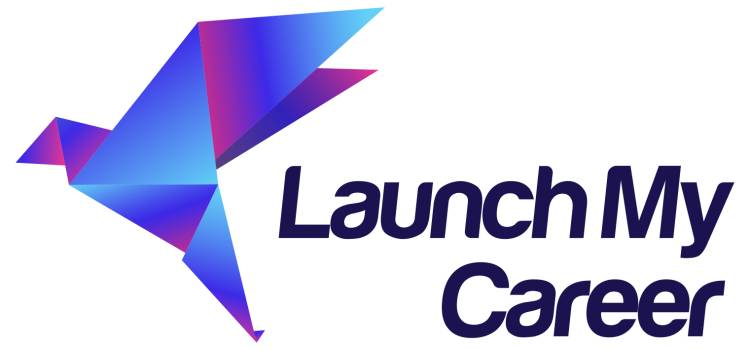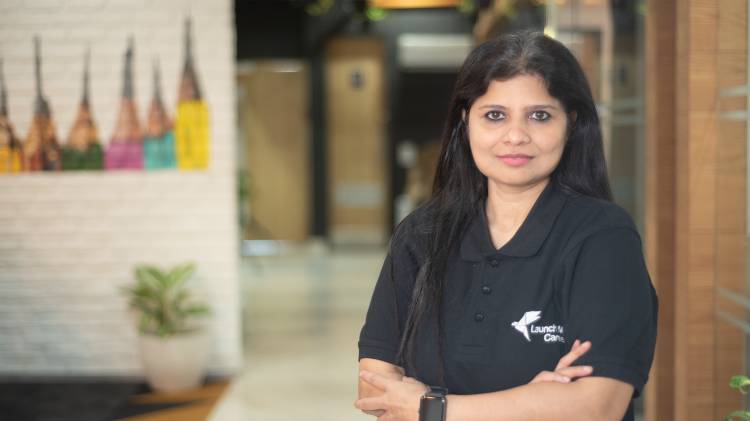Will VR learning replace teachers: myths and misconceptions
Will VR learning replace teachers: myths and misconceptions
With virtual reality disrupting the world of education, a new debate has been doing the rounds - will VR learning eventually replace classroom teaching? While it may sound like a valid argument in the light of the rapidly transformative technological pedagogies, VR learning can never be a substitute for teachers in a classroom, rather it is a powerful tool that can enhance the process of learning. In a technologically driven world, virtual reality can enable teachers to impart education to the future workforce more effectively, thereby enhancing the quality of education.
VR learning and classroom teaching go hand-in-hand
Teachers lead, guide, instruct, and help learners to grow. These humanistic skills are irreplaceable in education, and enable teachers to forge meaningful connections with learners. The process of disbursing knowledge can be impacted by developments in technology to help learners absorb concepts in a better way. VR-based learning solutions allow students to be immersed in a virtual world that brings concepts to life in a 360-degree environment, helping them to go deeper in to academic learning and harness practical knowledge. When integrated in a classroom setting under the guidance of teachers, VR can do wonders to fortify the educational process.
Enhancing teachers’ ability in classrooms
Virtual reality strengthens teacher’s ability and empowers them to go beyond the limitations of textbooks. It has the potential to create innovative virtual teaching environments to guide learners and apply the knowledge to real-life situations. VR offers a swift, practical and fun way to disseminate learning. It has been proven to successfully remove monotony, and facilitate ease of learning. Applied in the right way, VR can assist educators in preparing effective lesson plans, find creative ways to teach complicated concepts, and keep learners focused for longer durations.
Imbues interest among learners with low attention span
To quote Stanford University lecturer and behavioural designer, Nir Eyal, “Being indistractable is the single most important skill for the 21st century.” In today’s day and age, students are struggling with attention issues as they are overwhelmed and overloaded by information. One of the greatest classroom challenges has been to engage learners for a long span of time. Complex lessons especially in science and mathematics fail to hold the attention of a majority of students. Learning in a virtual environment creates a distraction-free environment inducing a higher learner engagement and better concept clarity. With VR learning, teachers and educators can make learning personalized as it enables real-time student interaction with the virtual environment. What’s even more heartening is that studies have found that VR can be used to detect ADHD, besides helping children with ADHD enhance memory and concentration.
Offers increased retention
As VR learning offers an interesting way of learning; it has been proven that it may boost information retention for a longer period as compared to traditional teaching methods. Researchers from the University of Maryland conducted one of the first comprehensive studies to examine whether learning occurs more effectively in virtual, immersive environments as opposed to more conventional mediums like a two-dimensional desktop computer or portable tablet. According to the National Education Association of the United States, retention rates for lecture-style learning are 5% whereas learning in VR tends to have a 75% retention rate. Teachers would like that, for sure!
Engages teachers and students alike
Any effort to improve education must be infused with a deep understanding of the tangible, modern reality of educational practices. Immersive learning in VR enables the teacher to serve as a facilitator, enabling them to devote more time to comprehending various learning styles and adding the required curricular modifications to the process. It is an effective tool for both teaching and learning, thus creating a win-win situation for teachers and learners alike.
With technology rapidly transforming the world, it is imperative for teachers to be open to recalibrating methods of instruction. It is important to realize the fact that while emerging technologies like virtual reality offer a singular venue to enact learning and practice skills, they also need teacher training, support, and opportunities for experimentation. The advantages of incorporating technology into the classroom environment are directly related to how technology is used in a way that is supported by pedagogy. Educators can lead the way in utilizing technology to foster experiential learning, creativity, and innovation in both real-world and virtual settings.






















